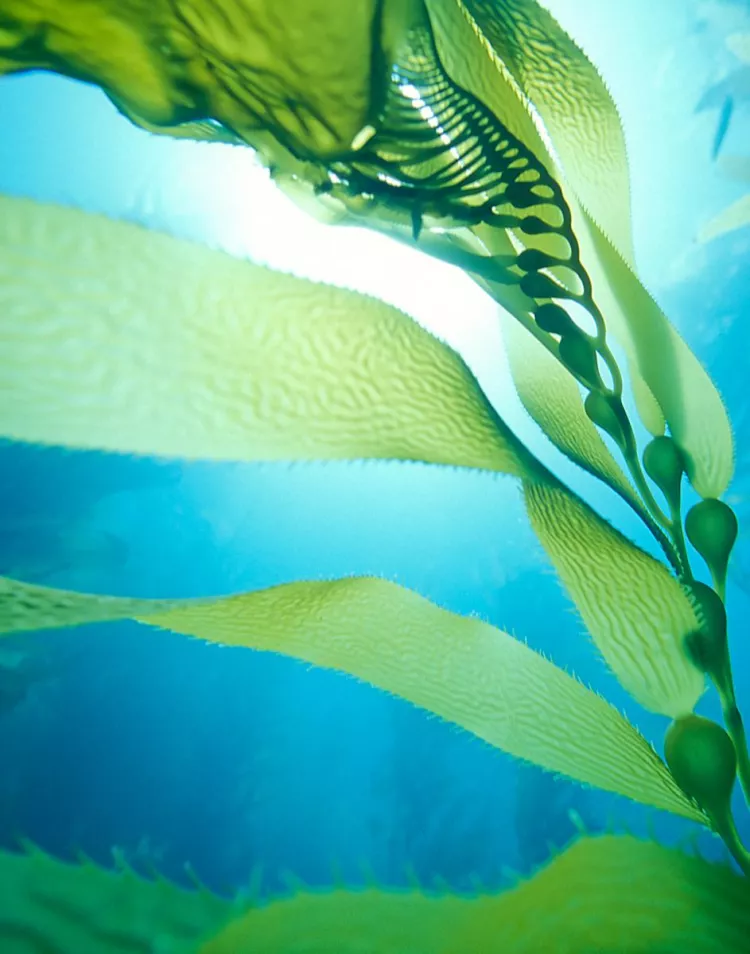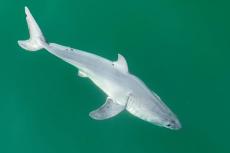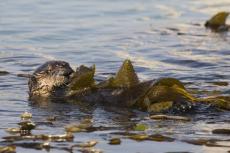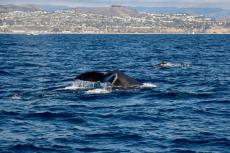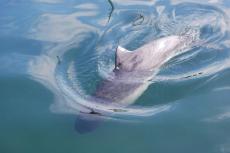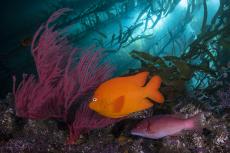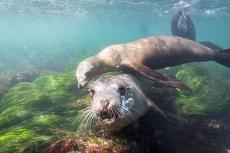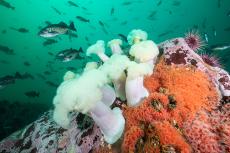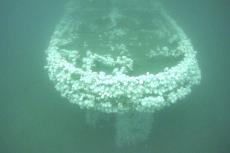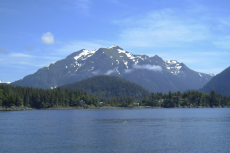Kelp forests help the climate
Kelp may protect coastal ecosystems by helping alleviate acidification caused by too much atmospheric carbon being absorbed by the seas.
Kelp is an ecologically and economically important foundation species in California, where forests line nutrient-rich, rocky bottom coasts. It also might alleviate acidification caused by too much atmospheric carbon being absorbed by the seas.
A new interdisciplinary analysis of giant kelp in Monterey Bay off the coast of California shows that near the ocean’s surface, the water was less acidic, suggesting the kelp canopy does reduce acidity.
Kelp is also characterised by its speedy growth – up to 5 inches per day – during which it undergoes a large amount of photosynthesis that produces oxygen and removes carbon dioxide from the water.
In Monterey Bay, the effects of giant kelp are also influenced by seasonal upwelling, when deep, nutrient-rich, highly acidic water from the Pacific is pulled toward the surface of the bay.
On order to disentangle the various effects, researchers from Stanford’s Hopkins Marine Station, fielded an array of sensors which provided new high-resolution, vertical measurements of pH, dissolved oxygen, salinity and temperature. With these instruments, the researchers were able to distinguish patterns in the seawater chemistry around the kelp forest.
At night, when they expected to see more acidic water, the water was actually less acidic relative to daytime measurements – a result they hypothesize was caused by the upwelling of acidic, low oxygen water during the day.
Although the kelp forests’ mitigation potential in the canopy didn’t reach the sensitive organisms on the seafloor, the researchers did find an overall less acidic environment within the kelp forest compared to outside of it. The organisms that live in the canopy or could move into it are most likely to benefit from kelp’s local acidification relief, according to a press release from Stanford.
While this project looked at kelp’s potential to change the local environment on a short-term basis, it also opens the doors to understanding long-term impacts, like the ability to cultivate “blue carbon,” the underwater sequestration of carbon dioxide.
Fact file
Kelps are not plants but large brown algae seaweeds that make up the order Laminariales. There are about 30 different genera.
Kelp grows in "underwater forests" (kelp forests) in shallow oceans and are known for their high growth rate—the genera Macrocystis and Nereocystis can grow as fast as half a metre a day, ultimately reaching 30 to 80 metres (100 to 260 ft).
- Log in to post comments


